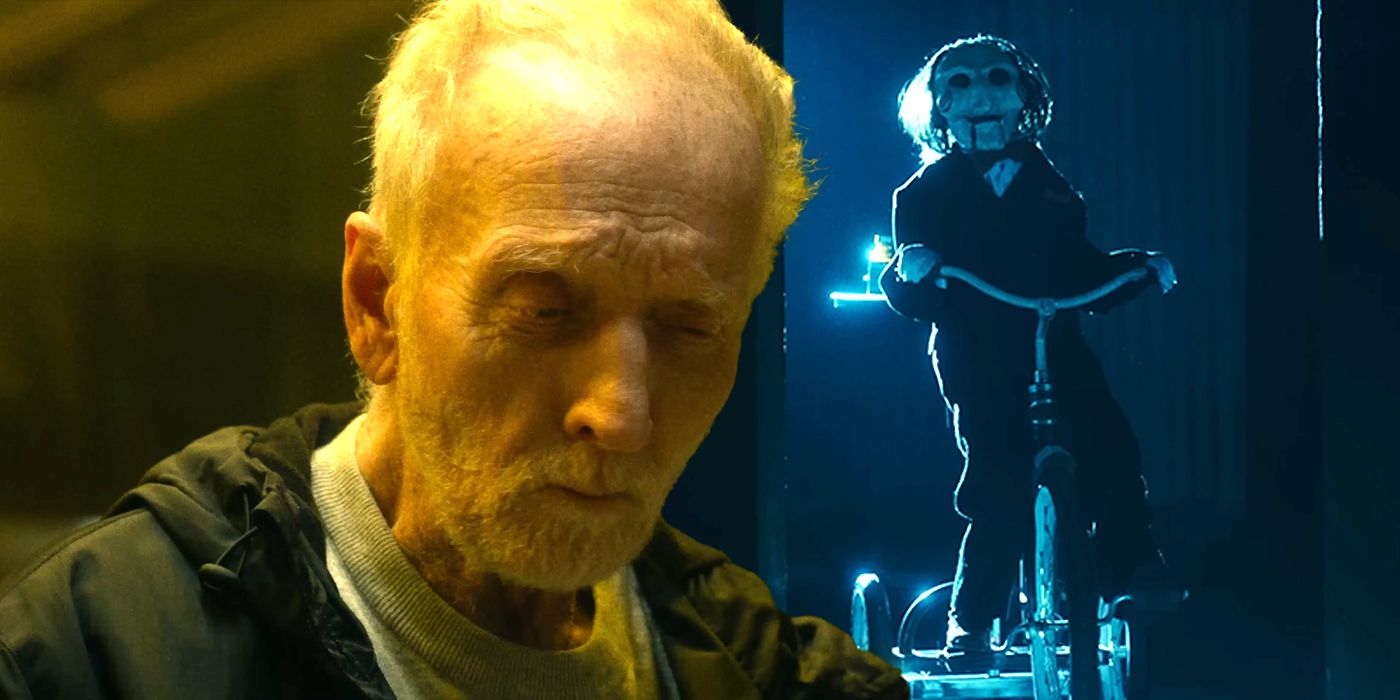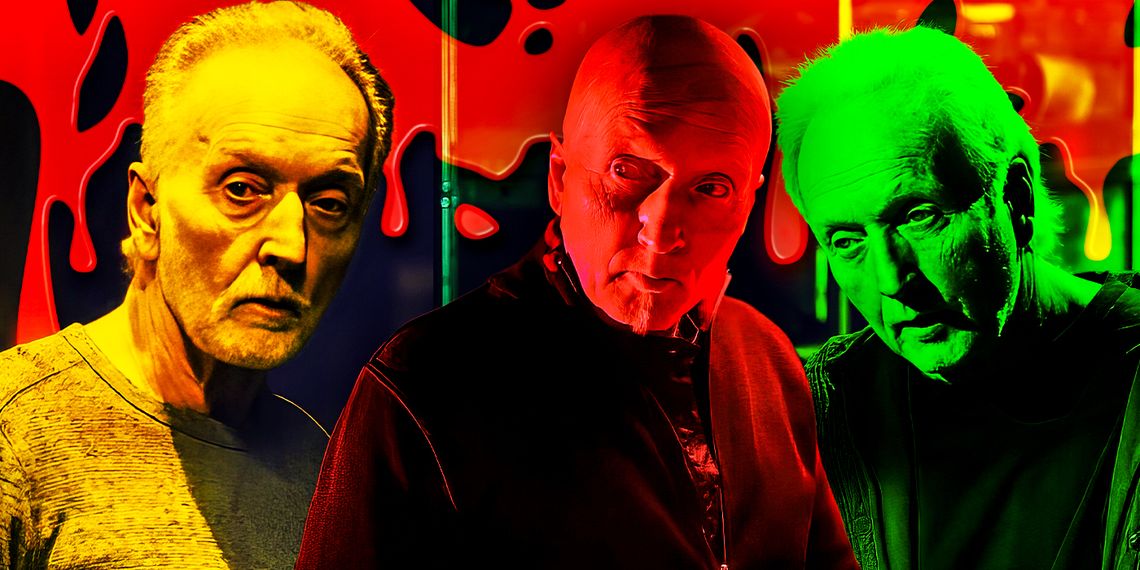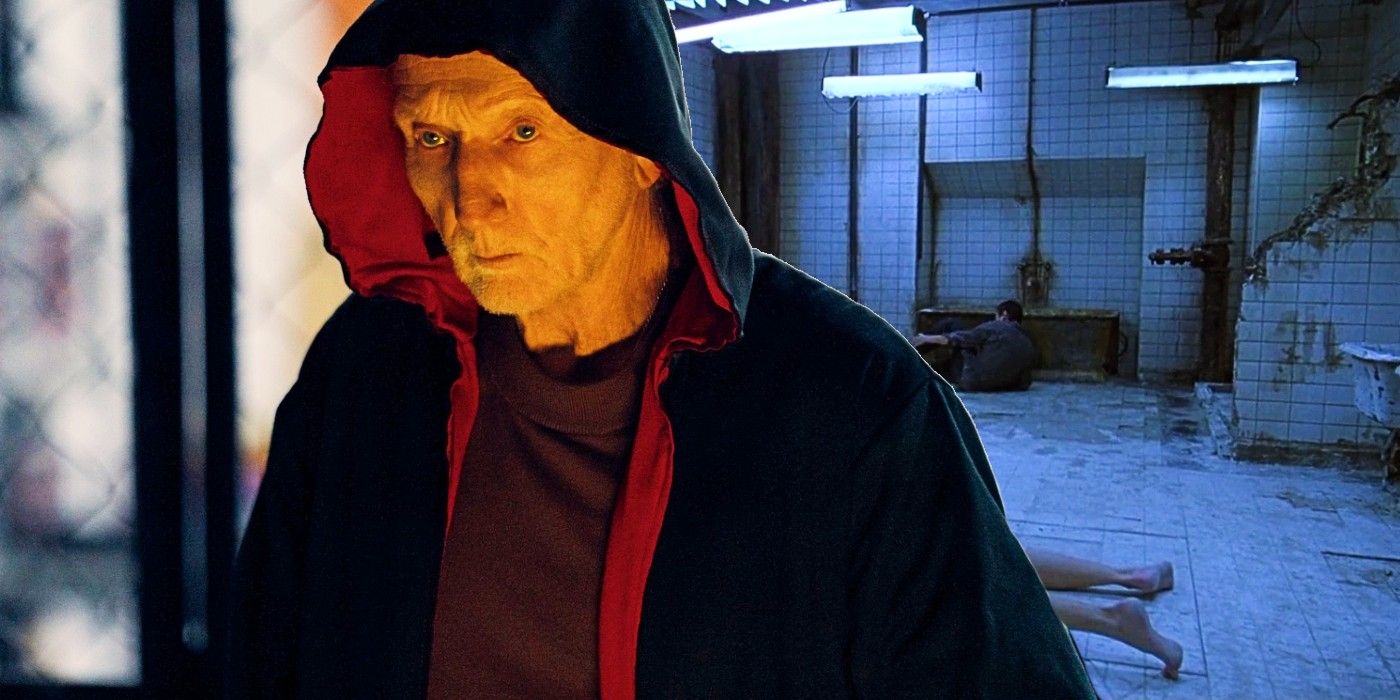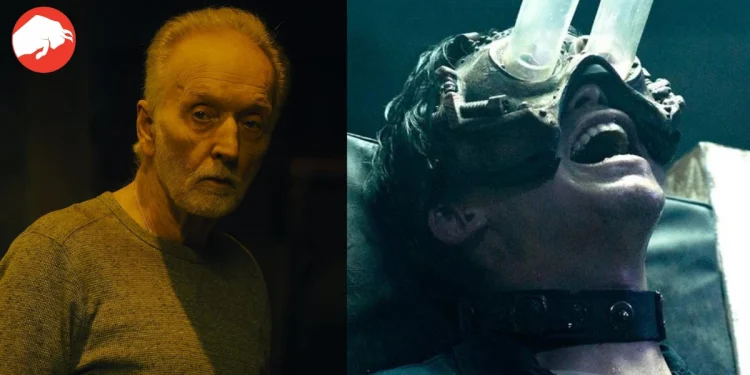The Evolution of Jigsaw
For decades, the face of horror has seen countless incarnations, but few as haunting as John Kramer, more infamously known as Jigsaw from the iconic “Saw” series. Introduced by Stephen King as a civil engineer turned philosopher of pain, Jigsaw has long been the haunting heart of the franchise. And with the latest installment, “Saw X“, the narrative around Jigsaw gets a refreshing revamp, giving fans a deeper understanding of the man behind the masks and the machinery.
“While the Saw movies are horrifically bloody, the franchise has always framed Kramer not as a killer, but more as a philosopher trying to awaken people into appreciating their lives again.”

A Reimagined Backstory
In “Saw X”, audiences are taken back in time, to a period nestled between the first and second Saw movies. This narrative approach offers an unseen perspective on Kramer’s journey. The tale takes a dark twist when the protagonist travels to Mexico, hoping for a cure for his terminal illness but is instead scammed by fraudsters.
“After traveling to Mexico for what he thinks is an operation that will rid him of his brain tumor, Kramer comes to learn the medical team who presented themselves as Robin Hood and his merry men are scam artists who conned him.”
The narrative brilliantly contrasts Jigsaw’s horrifying tasks with the genuinely deplorable acts of his subjects, pushing the envelope on what audiences might consider right or wrong. It positions Kramer as more of an anti-hero, fighting against those who’ve wronged not just him but countless others.

Breaking Formulaic Shackles
The traditional Saw movies have often fallen into a predictable rhythm, centering on Jigsaw’s twisted games and culminating in mind-bending twists. But “Saw X” disrupts this pattern by placing Kramer front and center, underscoring his human struggles and making him more relatable than ever.
“The sad reality is that scams like the one Kramer encounters in his search for cancer treatment are hardly the stuff of Hollywood fantasy.”
This deeper insight into Kramer’s psyche, combined with a glimpse of his genuine intent, challenges the viewer’s perspective of him. The climactic scene where he willingly puts himself in one of his notorious traps cements the idea that Jigsaw does not impose on others what he himself wouldn’t endure.
“Saw X both presents Kramer’s first genuinely heroic act and shows that Jigsaw won’t ask his subjects to do anything he wouldn’t do himself.”

Future Horizons for the Franchise
With the box office success of “Saw X”, fans are left on the edge of their seats, eager for what lies ahead. The narrative has broadened horizons for future storylines, especially with the introduction of potential allies or antagonists, like Cecilia or the enigmatic Henry Kessler.
“While nearly everyone in the medical scam dies in Kramer’s traps, Cecilia is still alive at the end.”
Whether “Saw 11” sees the return of a vengeful Cecilia or introduces a reformed version of her remains to be seen. But one thing’s for sure; the latest installment has rejuvenated the franchise, positioning Jigsaw not just as a symbol of terror but as a reflection of humanity’s darkest and most vulnerable corners.









